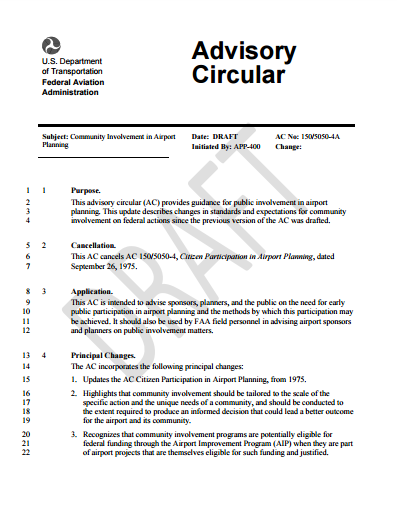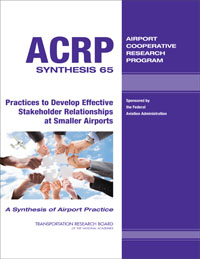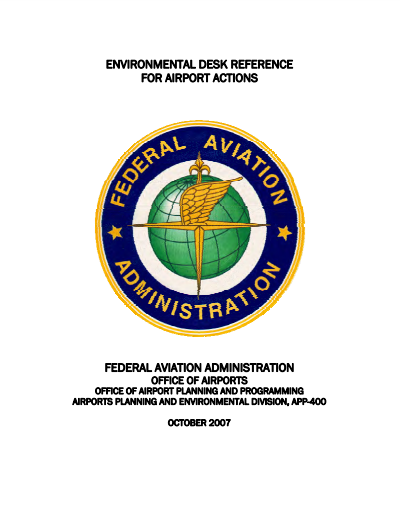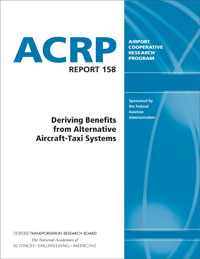ACRP Report 158: Deriving Benefits from Alternative Aircraft-Taxi Systems
Abstract
ACRP Report 158: Deriving Benefits from Alternative Aircraft-Taxi Systems explores approaches that may reduce fuel use, emissions, and costs while aircraft are on the ground. This report explores how alternative approaches to taxiing aircraft in movement areas have the potential to provide an overall net benefit for both the airport and aircraft operator. These systems include, among other alternative systems, an electric motor permanently fixed to the aircraft or an electric tug. While many of these alternatives may provide energy and environmental benefits, their use may introduce potential challenges to aircraft operators and air traffic control, as well as place new demands on airport infrastructure. This report helps to address those challenges.
The project also developed an Alternative Taxiing Assessment Matrix (ATAM) tool, which provides a matrix of the various benefits and issues associated with each of the five types of alternative aircraft-taxiing systems. The ATAM is a spreadsheet tool that allows the user to enter different aircraft fleet mixes and taxiing times to assess potential overall fuel and emissions changes from ground-level fuel consumption for the three primary alternative aircraft-taxiing systems.










